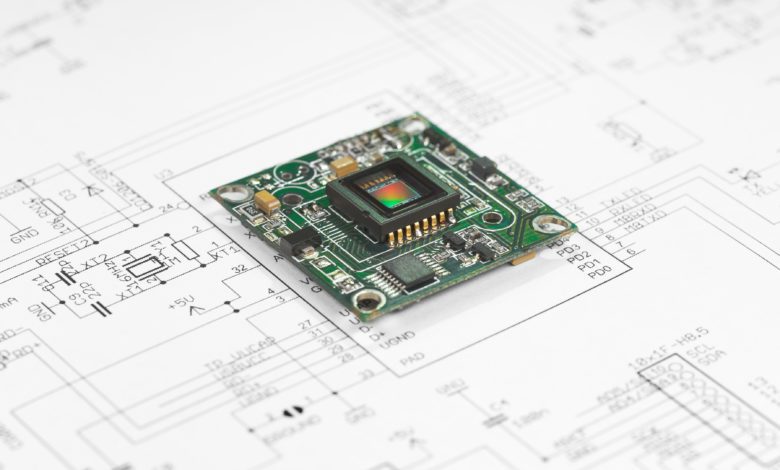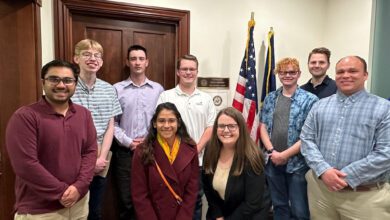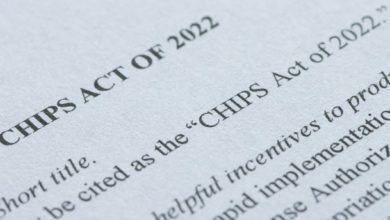
In a report released 1 September, the National Institute of Standards and Technology (NIST) outlined seven strategic “grand challenges” in measurement, standardization, modeling and simulation where work is needed to strengthen the U.S. competitiveness in semiconductor technology and manufacturing.
The report provides a framework for NIST’s support of metrology research and development authorized in the recently enacted CHIPS and Science Act, which seeks to enhance U.S. competitiveness in this critical technology by supporting advances and breakthroughs for next-generation microelectronics.
The seven grand challenges include:
- Developing metrology for materials purity and properties
- Future microelectronics manufacturing
- Advanced packaging to integrate separately manufactured components
- Enhancing security of devices and components across the supply chain
- Improved tools for modeling and simulation of semiconductor materials, designs and components
- Improvements to the semiconductor manufacturing process
- The need to standardize new materials, processes and equipment
These priorities touch on a number of topics that will create future research opportunities of interest to IEEE members, ranging from computer modeling and simulation, to advanced packaging, as well as opportunities for IEEE standards.
The report was developed with inputs from a request for public information released in January 2022, and from feedback received during a pair of Semiconductor Metrology workshops convened by NIST in April, which engaged experts from industry, academia and government.
That public feedback confirmed that metrology is needed at all stages of semiconductor technology development, from basic and applied R&D in the laboratory to demonstrating proof of concept, prototyping at scale, factory fabrication, assembly and packaging, and performance verification prior to final deployment. As devices become smaller and more complex, the ability to measure, monitor, predict and ensure quality in manufacturing has become much more difficult.
“The measurement challenges impacting the U.S. semiconductor industry are at a critical stage and must be addressed if we are to ensure U.S. leadership in this important sector,” said Under Secretary of Commerce for Standards and Technology and NIST Director Laurie E. Locascio. “We’ve received extensive feedback from stakeholders across industry, academia and government that will help us provide urgently needed measurement services, standards, manufacturing methods and test beds and build even stronger partnerships with this industry.”
A new website — CHIPS.GOV — was also launched on 25 August to highlight the work being done by NIST and other federal agencies in support of the national semiconductor initiative authorized in the CHIPS and Science Act.
The NIST report on “Strategic Opportunities for U.S. Semiconductor Manufacturing” can be accessed at: https://nvlpubs.nist.gov/nistpubs/CHIPS/NIST.CHIPS.1000.pdf
A report summarizing the information captured through NIST’s request for public information can be reviewed at: https://nvlpubs.nist.gov/nistpubs/SpecialPublications/NIST.SP.1282.pdf






